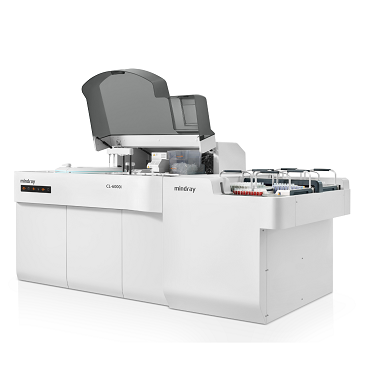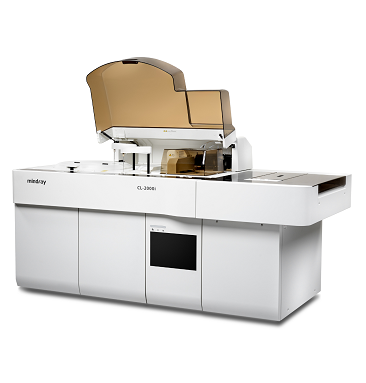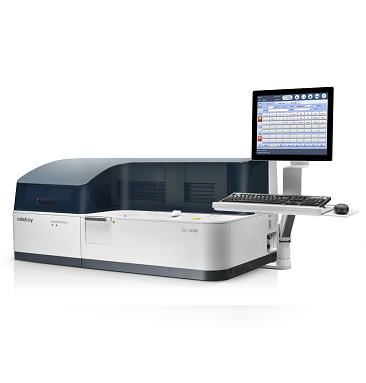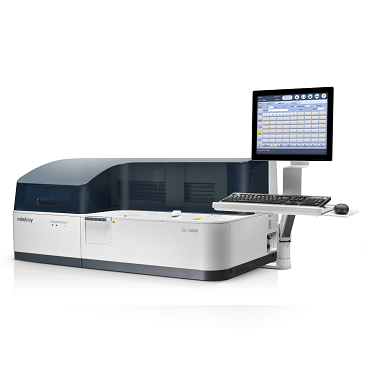Classification of hypertension and importance of Primary Aldosteronism
When hypokalemia is used as a diagnostic criterion, the prevalence of primary aldosteronism (PA) ranges from 0.05 to 2% in the hypertensive population, according to estimates. However, most patients with PA are normokalemic. With the improved screening methods, PA has become the most common form of secondary hypertension. It affects 5% to 12% of patients with presumed essential hypertension and 23% to 26% with resistant hypertension [1].

Renin and Aldosterone in Primary Aldosteronism
PA is a hormonal disorder that leads to high blood pressure. It occurs when your adrenal glands produce too much aldosterone.
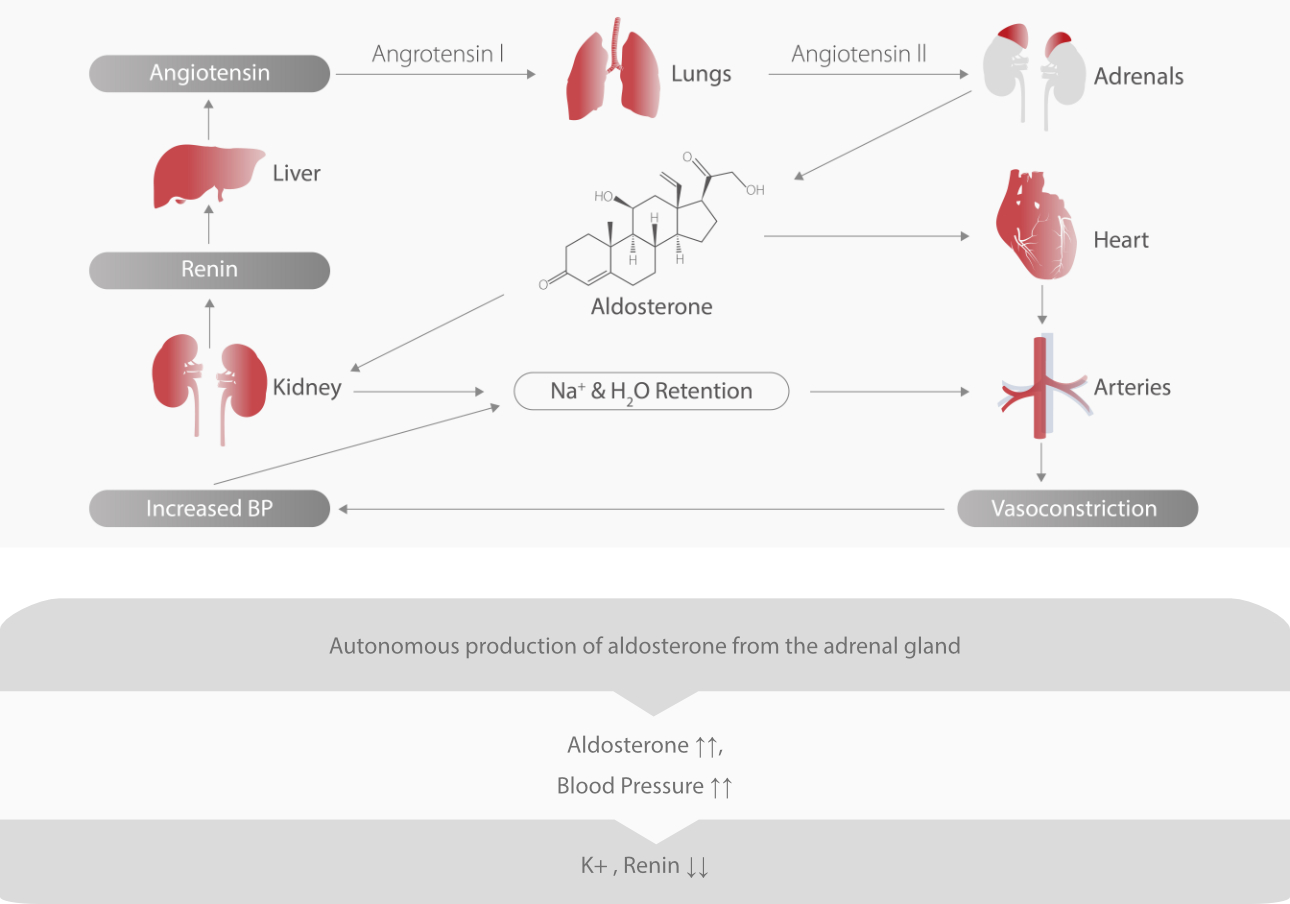
PA diagnosis has been insufficient
Only a small fraction of patients with PA are diagnosed and treated. Nowhere are more than 1% of patients with PA ever diagnosed and specifically treated [2].

All patients with hypertension should get tested for PA[3]
Who needs to be tested for PA?
- All patients with hypertension should be tested at least once
Testing for PA:
- Draw morning blood samples from seated ambulant patients
- Detect plasma aldosterone concentration (PAC)
- Detect plasma renin activity (PRA) or plasma renin concentration (PRC)
Mindray Renin & Aldosterone assay
Mindray provides a reliable assay kit of Renin and Aldosterone for PA detection. These tests can be performed on Mindray’s wide range of robust CLIA analyzers tailored to different laboratories, making reliable diagnostics accessible to all.

References
[1] Young, W. F. . Primary Aldosteronism. Humana Press, 2004.
[2] Funder JW. Mineralocorticoid receptor antagonists: emerging roles in cardiovascular medicine. Integr Blood Press Control. 2013;6:129-138.
[3] Young, WF (Mayo Clinic, Rochester, MN, USA). Diagnosis and treatment of primary aldosteronism: practical clinical perspectives (Review). J Intern Med 2019; 285: 126-148.

